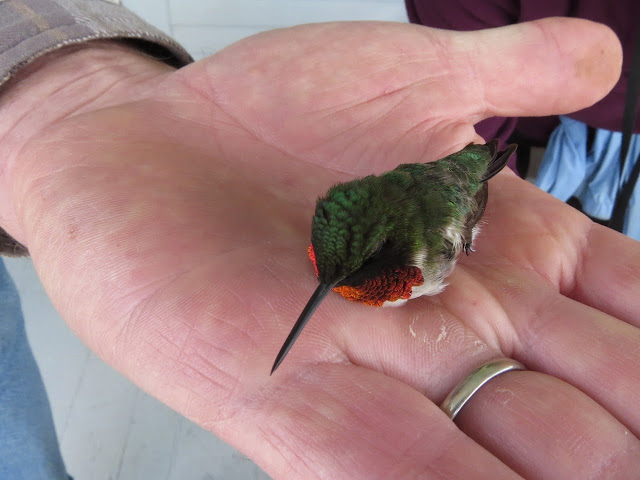Did you know that Ruby is a birder? She likes to sit by our window and watch the birds at the feeders. It's also very nice that the windowsill is the same height as her chin. Very relaxing!
She also likes to watch birds in our front yard.
There are tree swallows nesting in the box you see in the distance above her head.
Next on our walk, she sees an American Robin.
That was in the front yard, too. We need to get out of the yard and into the woods. We're looking/listening for bird species #100 for our property list. If you'd like to know what a property list is, or see our list for 2013, you can read about it by clicking on this blog post.
We'll keep an eye out for fawns, too, because it's that time of year. I've seen one so far this spring, but not today.
Ruby wants to point out how GREEN it is! YAY!
Now, we're in the woods. Doesn't Ruby have almost as good camouflage as a fawn? (and on a funny side note... spell-checker wanted me to change 'camouflage' to 'guacamole'!)
Okay, Ruby and I are listening carefully for one particular bird song.
Same way with the Common Yellowthroat. They are common... but hard to get a photo of because they are usually in the underbrush. I knew they would be on the list.
 |
| male Common Yellowthroat May 19th |
 |
| Sandhill Cranes May 1st |
That's one of the neat things about birding... you never know what you are going to see. And sometimes I think the birds enjoy seeing us, too! How about this Blue-grey Gnatcatcher checking me out with his spectacles on?
The birds' beautiful colors and songs can really cheer a person (or a basset hound) up! Here's another common warbler in our area, singing his heart out:
 |
| Chestnut-sided Warbler May17 |























































